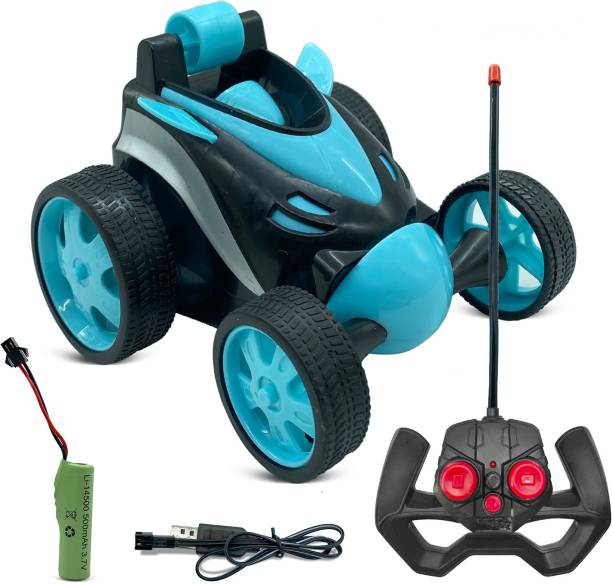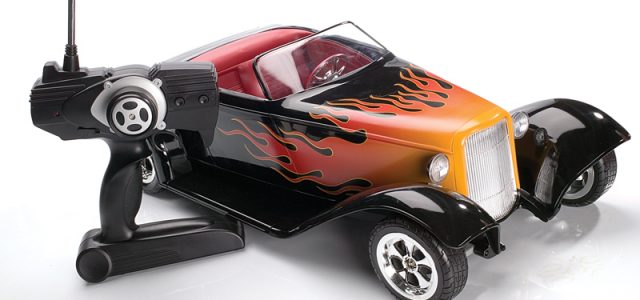Radio control (RC) is a technology used to remotely control a wide range of devices, including cars, airplanes, boats, and robots. It works by using radio waves to transmit signals from a transmitter to a receiver in the device being controlled. Here are some of the basics of radio control:
The Basics of the Radio Control
- Transmitter: The transmitter is the device used to control the device being controlled. It typically consists of a handheld unit with buttons, switches, or joysticks that are used to send signals to the receiver.
- Receiver: The receiver is the device installed in the device being controlled that receives the signals from the transmitter and translates them into actions.
- Frequency: Like with RC car controllers, the transmitter and receiver must be on the same frequency to communicate with each other. Different RC devices use different frequencies, so it is important to ensure that the transmitter and receiver are compatible.
- Channels: RC transmitters typically have multiple channels, each of which controls a specific function of the device being controlled. For example, one channel might control the steering of an RC car, while another controls the speed.

- Range: The range of an RC system refers to the maximum distance between the transmitter and the receiver at which the system can still communicate with the device being controlled. The range can vary depending on the quality of the system and other factors such as interference from other devices.
- Power: RC systems can be powered by batteries, either in the transmitter or in the device being controlled. It is important to ensure that the batteries are charged or replaced regularly to ensure proper functioning of the system.
Overall, radio control is a versatile technology that allows for remote control of a wide range of devices. It is used in many different applications, from hobbyist RC cars and airplanes to industrial robotics and unmanned aerial vehicles (UAVs).
